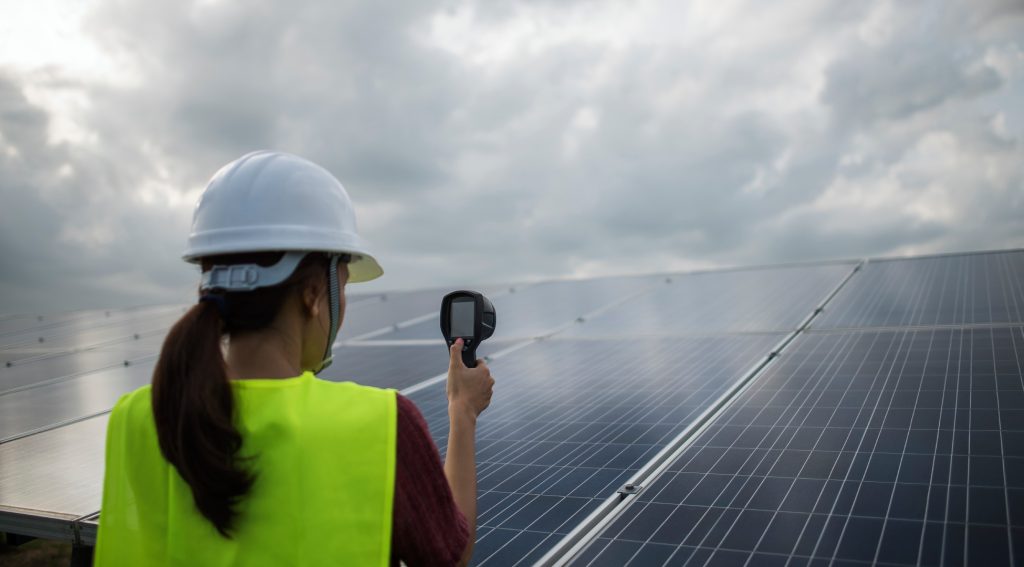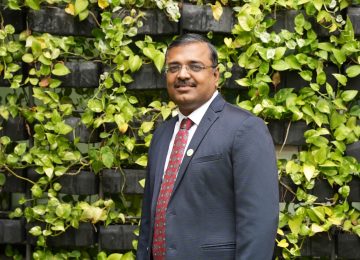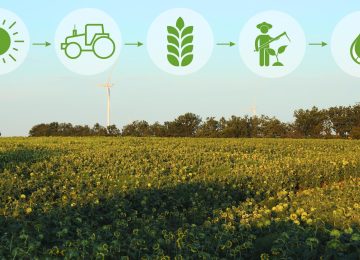A recent India Energy Storage Alliance (IESA) report points out that about 60% of women in India’s energy sector are calling for gender-responsive policies to help the country meet its ambitious 500 GW renewable energy target by 2030. The study, conducted across 26 states, underscores the pressing need for policy and regulatory frameworks designed to enhance women’s participation in the sector, which remains disproportionately low—women constitute only about 11% of the renewable energy workforce.
Key Findings:
- 60% of women respondents want policies specifically targeting gender inclusivity and support.
- Address barriers such as lack of skill training, gender norms, and underrepresentation in technical roles. For example, a 2023 Skill Council for Green Jobs study found that 85% of green skill-training opportunities were taken up by men and over 90% of women cited societal factors as key hurdles.
500 GW Progress:
As of July 2025, India’s RE installed capacity has crossed 50% of total installed capacity. As of May 2025, solar energy capacity stands at around 110.8 GW and wind at 51.3 GW, reflecting rapid growth; the renewable energy sector overall reached more than 200 GW in 2024. Government plans involve adding 50 GW of renewable energy capacity annually from FY 2023-24 to 2027-28 to meet the 2030 target. The sector has received substantial investment commitments, including Rs 32–33 lakh crore, with strong interest from both public sector banks and private investors.
Major Government Schemes Supporting Women:
PM Surya Ghar: Muft Bijli Yojana: Launched in February 2024, this scheme aims to provide free electricity by enabling rooftop solar installations for 1 crore households by March 2027, with subsidies covering up to 60% of installation costs for systems up to 2kW. Its adoption is helping households—women included—to become generators and managers of renewable energy.
PM KUSUM: Designed to add 34,800 MW of solar capacity by March 2026, this initiative supports the installation of decentralized solar power plants, stand-alone solar agricultural pumps, and solarization of grid-connected pumps, with up to 50% government subsidy—directly empowering women in agricultural communities.
National Green Hydrogen Mission: This mission targets accelerated deployment of green hydrogen technologies as a clean energy source and aims to open new job avenues, potentially benefiting women with technical education and expertise.
IESA President Debmalya Sen noted that women are not only participating but “leading from the frontlines” in India’s energy transition, emphasizing their increasing visibility in leadership positions as well as their foundational role in operations.
Despite policy efforts, most women in the sector are concentrated in lower-skilled roles, with technical and engineering positions largely dominated by men. The Ministry of Skill Development and Entrepreneurship’s Skill Gap Study for 2025 highlights the need for targeted skill development programs for women in high-growth green energy sectors.
To fully realize India’s renewable ambitions, it is crucial to implement comprehensive gender-responsive policies, strengthen training and recruitment of women in technical roles, and ensure that government schemes are accessible and inclusive.
These findings reinforce that while government initiatives and investments have laid the groundwork, closing the gender gap remains essential to unleashing the energy sector’s full potential and meeting India’s climate goals.













